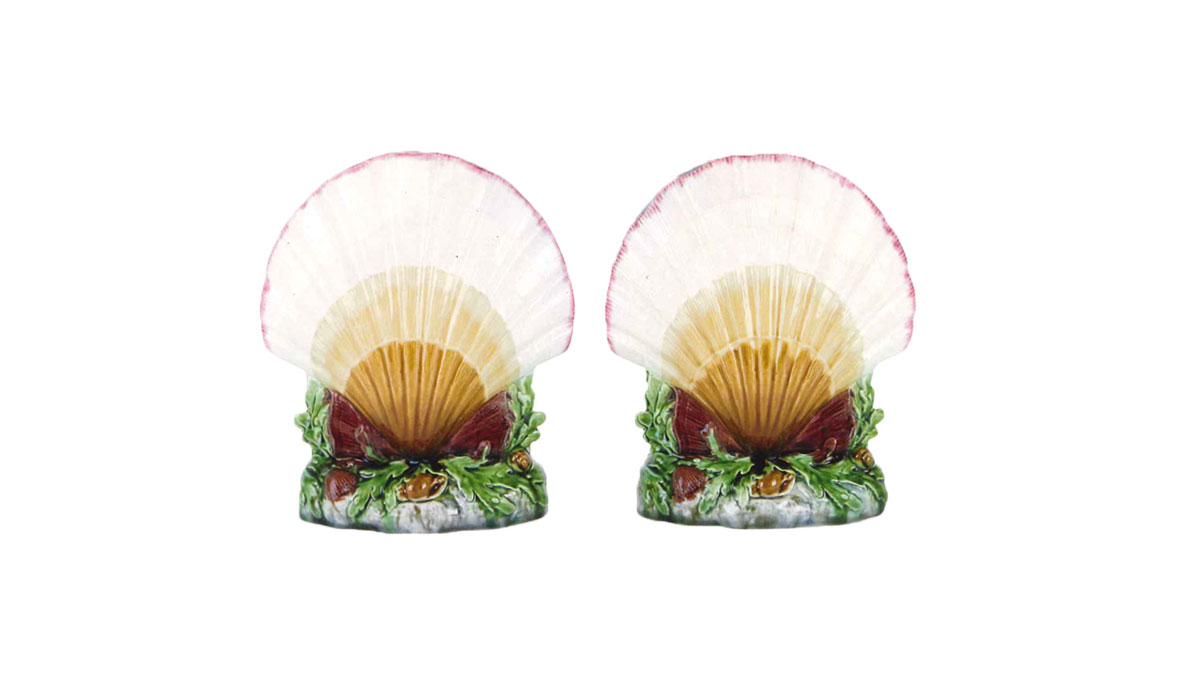Event Navigation
A Brilliant Invention: Victorian Majolica from the Rosalie Wise Sharp Collection
The Gardiner Museum brings together people of all ages and backgrounds through the shared values of creativity, wonder, and community that clay and ceramic traditions inspire.

- This event has passed.
A Brilliant Invention: Victorian Majolica from the Rosalie Wise Sharp Collection
March 3, 2017 - April 23, 2017

Lobby Display
With brilliant colours and bold modelling, majolica enlivened the Victorian home. A low-fired earthenware decorated with bright lead-based glazes, it was first introduced by Herbert Minton (1793-1858) at London’s Great Exhibition of 1851. It was an immediate success and a number of manufacturers soon joined in its production.
Victorian majolica was initially inspired by Renaissance ceramics, both in form and colour. Even the name ‘majolica’ alludes to a type of Renaissance pottery known as ‘maiolica.’ Soon producers embraced other popular styles, but nature remained a constant source of inspiration, reflecting the Victorian interest in botany and gardening. The new ware also brought fantasy and humour to ceramics, with objects ranging from whimsical tableware to garden furniture and sculpture.
Shell Flower Holders, England, Minton, 1870, Majolica (lead-glazed earthenware), On loan from the Rosalie Wise Sharp Collection
